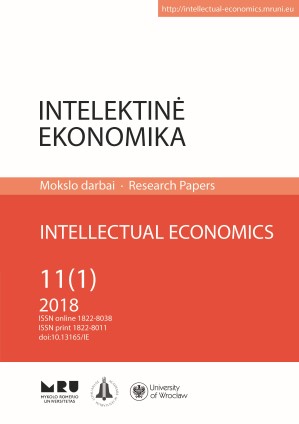HOW EFFICIENT WERE ISLAMIC BANKS DURING THE FINANCIAL CRISIS? EMPIRICAL EVIDENCE FROM ASIAN COUNTRIES
##plugins.themes.bootstrap3.article.main##
Abstract
The aim of this study is to examine the efficiency of Islamic banks during and after the financial crisis, specifically in Asian countries from 2007 to 2011. This is evaluated using a non-parametric approach, in the form of a data envelopment analysis. The data was extracted from the BankScope database for the five-year period (2007-2011). The aim of this study is twofold firstly, it attempts to investigate sources of (in)efficiency in Asian Islamic banks during the recent financial crisis and the recovery period. Secondly, by using a Tobit regression analysis, it assesses the determinants of efficiency in the countries examined. An assessment of the efficiency levels of Islamic banks during the financial crisis and the recovery period, as well as within an international context, has policy ramifications for central banks in terms of enhancing the levels of efficiency and competitiveness of Islamic banks in the region. Accordingly, this will also help Islamic banks to weather future financial crises better and, in turn, improve their efficiency levels.
##plugins.themes.bootstrap3.article.details##
Section
Articles
Authors contributing to Intellectual Economics agree to publish their articles under a Creative Commons Attribution 4.0 International Public (CC BY) License, allowing third parties to share their work (copy, distribute, transmit) and to adapt it, under the condition that the authors are given credit, and that in the event of reuse or distribution, the terms of this licence are made clear.







